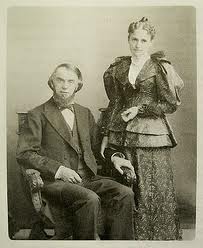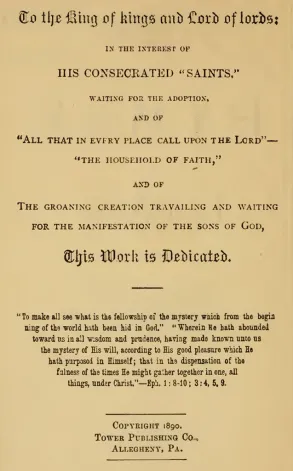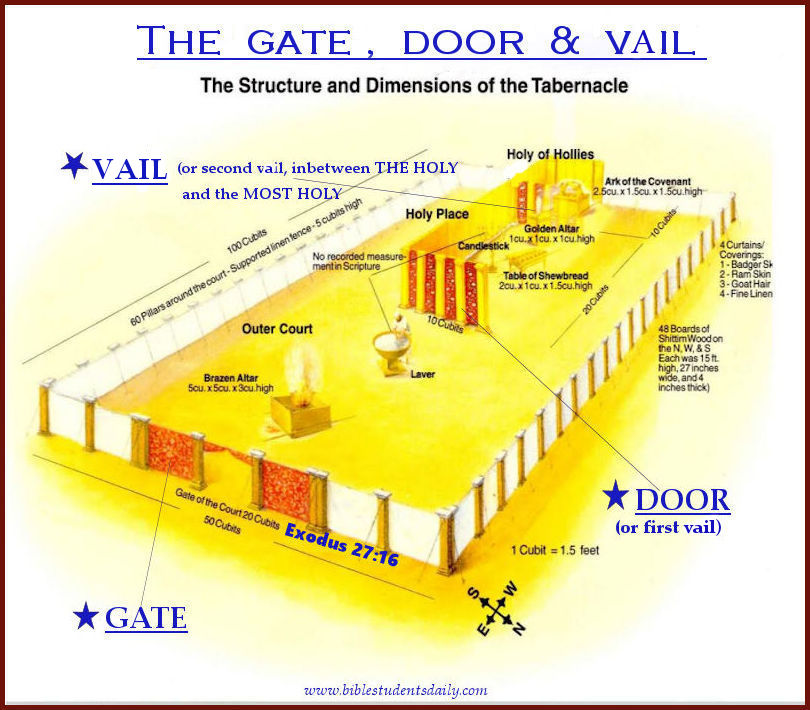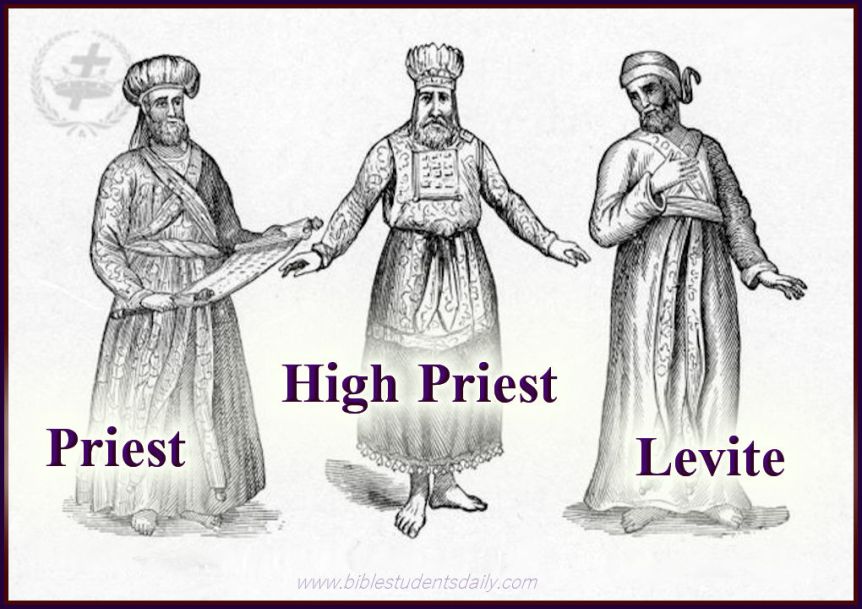The Year of Jubilee – Hymns of Dawn No. 24
“(1) Come, let us shout joyfully to Jehovah! Let us shout in triumph to our Rock of salvation. (2) Let us come into his presence with thanksgiving; Let us sing and shout in triumph to him” (Psalm 95:1,2).
“My mouth shall praise Thee with joyful lips” (Psalm 63:5).
“Until the day break, and the shadows flee away, I will get me to the mountain of myrrh, and to the hill of frankincense” (Song of Solomon 4:6).
Note: “ ‘Myrrh’ is bitter experience and the wisdom gained through such experience. ‘Frankincense’ represents praise and thanksgiving. Hymns of praise often include the Christian’s gratitude for deliverance from suffering that is beyond human endurance. Such help usually evokes praise and thanksgiving. Of course pleasant experiences also bring forth praise, but the type of praise that arises from suffering is on a higher level than praise from pleasure. Verse 6 alludes to praise that arises from suffering.
‘Until … the shadows flee away.’ The shadows of the nighttime experience of the Church will ‘flee away’ when the Church is complete. These are the shadows of the gospel night, the Passover night. Why is myrrh a ‘mountain’ and frankincense a ‘hill’? Two different Hebrew words are used. Our praise can never reach the mark of perfection. What Jesus offered at Calvary far transcends anything we can offer” (Br. F. Shallieu, Notes on the Song of Solomon, pages 37-38).
Here is a recording of Hymn No. 24 from the “Hymns of Dawn” to aid God’s people in singing and making melody in their hearts unto God.
Lyrics
1.
Blow ye the trumpet, blow
The gladly solemn sound;
Let all the nations know,
To earth’s remotest bound:
CHORUS
The year of Jubilee is come,
Returning ransomed sinners home,
Returning ransomed sinners home.
2.
Jesus, our great High Priest,
Hath full atonement made;
Ye weary spirits rest:
Ye mournful souls be glad:
3.
Extol the Lamb of God,
The all atoning Lamb;
Redemption thru his blood,
To all the world proclaim:
4.
Ye who were sold for naught,
Whose heritage was lost,
May have it back unbought,
A gift at Jesus’ cost:
5.
The seventh trumpet hear,
The news of heav’nly grace;
Salvation now is near;
Seek ye the Saviour’s face:
*******
Bible Scriptures Associated With This Hymn
Leviticus 25:8-17 (NASB) — ‘(8) You are also to count off seven sabbaths of years for yourself, seven times seven years, so that you have the time of the seven sabbaths of years, namely, forty-nine years. (9) You shall then sound a ram’s horn abroad on the tenth day of the seventh month; on the day of atonement you shall sound a horn all through your land. (10) You shall thus consecrate the fiftieth year and proclaim a release through the land to all its inhabitants. It shall be a jubilee for you, and each of you shall return to his own property, and each of you shall return to his family. (11) You shall have the fiftieth year as a jubilee; you shall not sow, nor reap its aftergrowth, nor gather in from its untrimmed vines. (12) For it is a jubilee; it shall be holy to you. You shall eat its crops out of the field. (13) ‘On this year of jubilee each of you shall return to his own property. (14) If you make a sale, moreover, to your friend or buy from your friend’s hand, you shall not wrong one another. (15) Corresponding to the number of years after the jubilee, you shall buy from your friend; he is to sell to you according to the number of years of crops. (16) In proportion to the extent of the years you shall increase its price, and in proportion to the fewness of the years you shall diminish its price, for it is a number of crops he is selling to you. (17) So you shall not wrong one another, but you shall fear your God; for I am the Lord your God.’
Ezekiel 40:1 (KJV) — “In the five and twentieth year [25th] of our captivity, in the beginning of the year, in the tenth day of the month, in the fourteenth year after that the city was smitten, in the selfsame day the hand of the LORD was upon me, and brought me thither.“
Luke 4:18-19 (KJV) — “(18) The Spirit of the Lord is upon me, because he hath anointed me to preach the gospel to the poor; he hath sent me to heal the brokenhearted, to preach deliverance to the captives, and recovering of sight to the blind, to set at liberty them that are bruised, (19) To preach the acceptable year of the Lord.”
The History Of This Hymn
Author — Charles Wesley (1707-1788). In the Hymns of Dawn, the original third verse is omitted, while the words of the last two verses (verses 4 and 5) have been changed from the original.

Charles Wesley was an English leader of the Methodist movement, most widely known for writing no less than 6,500 hymns. He was the youngest son and 18th child of Anglican cleric and poet Samuel Wesley and his wife Susanna Wesley, and the younger brother of Methodist founder John Wesley.
In 1749 he married Miss Sarah Gwynne who accompanied him on his evangelistic journeys until the year 1756 when he mainly devoted himself to the care of the Societies in London and Bristol. Since 1771, he devoted himself much, as he had done in his youth, to the spiritual care of prisoners in Newgate. He had long been troubled about the relations of Methodism to the Church of England, and strongly disapproved of his brother John’s “ordinations.”
Composer — Lewis Edson (1748 – 1820) composed this tune “LENOX” in 1782.
*******
When Does the Year of Jubilee Begin?
The Jubilee was a time of release.
There are four points from the Jubilees to a period of release.
(1) 1874 — the beginning of the Times of Restoration. This was the year when Lord Beaconsfield was elected Prime Minister of England, from which position he was able to subsequently effect a restoration of rights to the Jewish people to own land in Palestine again.
(2) 1878 — Land is opened to Israel again as a result of the Berlin Congress of Nations. “The first signs of Israel’s regathering appeared in 1878. The Berlin Congress of Nations assembled to resolve the Russo-Turkish War of the previous year, and among their agreements was a provision extending equal treatment of law to all the people of the Ottoman Empire. Notably, this included the Jewish people, who took advantage of the opportunity to found the first new [Hebrew] settlement of modern times in the land of Israel — Petah Tikvah” (“The Stream of Time,” by Br. David Rice, page 21).
(3) 1948 — Nationhood was restored to Israel.
(4) The Millennium — Life will be restored to mankind.
All of these are relevant. There is a time pointer to each one.
(A) Adam to 1874 — 7 x the whole cycle of 17 Jubilees. That is, 7 x 833 = 5831 years, from 3958 bc to 1874 ad.
(B) 50 Jubilees (of 49 years each) is 2450 years, followed by the 50th jubilee, year number 2451. Taken from the last Jubilee of Israel (Ezekiel 40:1), that brings us to the year of autumn 1878 — during that time the right to buy and own land in Israel was restored to the Jewish people, and the first Jewish colony was begun.
For Pentecost we count 50 days, for jubilee we count 50 years, so for the antitype we count 50 jubilees — which brings us to the fulfillment, marked by the year 1878.
(C) 2520 years (national punishment), from Ezekiel 40:1 brings us to the year autumn 1947 to autumn 1948 — during that time Israel became an independent nation again.
(D) Ezekiel 40:1 (Israel’s last Jubilee) was the time of giving of the vision of the Kingdom. Ezekiel 46:1 tells us the gates permitting man to access God would be opened on the sabbath day — 2043. That will be a time of restoring life.
Four dimensions — all correct.
For the interested Reader, please consider reading further about the Jubilees in Section 3 (pages 15-20) and Section 4 (pages 21-24) of “The Stream of Time” by Br. David Rice.
Here is a direct link to this reference material:
http://2043ad.com/streamoftime.PDF
Hymn Book Purchase
The Hymns Of Dawn (hymn book) can be purchased at:
The Chicago Bible Students Online Bookstore: https://chicagobible.org/product-category/books/page/4/
The Dawn Bible Students Association: http://www.dawnbible.com/dawnpub.htm
Acknowledgment & References

Br. Charles Russell—the founder of the Bible Students movement, who is the compiler of “Poems and Hymns of Millennial Dawn” which was published in Allegheny, Pa., in 1890. This Bible Students’ devotional originally contained a total of 151 poems and 333 hymns.
The following prefatory to the 1905 publication of Hymns of Millennial Dawn may be of historical interest to many of our readers.
We published in 1890, with several more recent editions, a volume entitled “Poems and Hymns of Millennial Dawn” without music. The same collection of hymns with the music is now urgently needed, and therefore appears in this volume. The poems, although highly prized, are omitted for greater convenience in size. We have preserved the same alphabetical order, because so many of our readers have the older book; and where a different tune is given from that originally suggested the latter is indicated by Alt. for alternative tune, with the number where that tune can be found.
Both words and music are credited to the same class to whom the work is dedicated-to the Lord and His faithful people, “the Saints.” The authors of many of the best of them are unknown to us, and, besides, slight changes have been made in the phraseology and sentiment of quite a number, which we could not be sure their original authors would approve, and to give personal credit to less than one half would seem invidious. To all of these dear “Saints” of all ages we therefore give united and hearty thanks for the blessings which they, as the Lord’s servants and handmaidens, have bestowed upon their fellow-members of “the Church of the Firstborn, whose names are written in Heaven.” Most of them died long ago: their abundant reward will be of the Lord in the resurrection.
That the collection is thoroughly undenominational, unsectarian, will be manifest to those recognizing the fact that it includes the choicest old hymns and tunes used by all denominations.
Although we have gathered far and near and winnowed carefully we cannot hope to have gotten all the golden grains, though we do hope that no chaff can be found. The collection is for the Church, for “believers” “reconciled,” and hence contains none of the “sinners” hymns, such as “Come, ye sinners poor and needy,” because willful sinners are in no sense members of the “Body” of Christ, nor are those who have not yet accepted the Lord as their Savior.
Those who will feel the deepest interest in this collection, and whose sentiments will be most fully voiced in its verses, will undoubtedly be those in fullest degree of sympathy with the divine plan of the ages, as set forth in the several volumes of Millennial Dawn—the eyes of whose understanding have been opened to the clearer, purer light now shining from our great Redeemer’s cross, showing the fulness and the completeness of his salvation.
In fact, this volume, while not numbered as one of the volumes of the Millennial Dawn series, is designed to be a companion volume, a melodious accompaniment to the “new song,” “the song of Moses and the Lamb” (the grand harmony of the Law and the Gospel), as presented in the regular Dawn series.
Let the music of God’s good and great plan ring through your hearts and lives, dear fellow-pilgrims and fellow members of the “royal priesthood,” so that every day and every hour shall be filled with joy and praise and thankfulness! And that this little volume may assist in deepening the work of grace in your hearts is our hope and prayer.
– Watch Tower Bible and Tract Society, July, 1905, Allegheny, PA, USA
——-
Later on, the hymns from this book formed a basis for the hymnal titled “Hymns of Dawn” which was published by the Dawn Bible Students Association in East Rutherford, New Jersey (USA) and the 1999 edition contains a total of 361 hymns.
- Br. David Rice (www.2043ad.com) — Content and editing.
- Br. Frank Shallieu (www.revelation-research.org) — referenced information.
- Harvest Truth Data Base — http://www.htdb.one
- Hymnary.org.
Suggested Further Reading
Israel Marks Tenth Anniversary, The Herald of Christ’s Kingdom Bi-monthly Magazine, June 1958, page 95.
http://www.heraldmag.org/archives/1958_6.htm#_Toc36393376
Israel at Sixty, The Herald of Christ’s Kingdom Magazine, July-August 2008 issue.
http://www.heraldmag.org/2008/toc_july08.htm
Harvest Timing Clarifications — Br. George Tabac’s, 2016 Bible Students’ General Convention Discourse — https://www.youtube.com/watch?v=Yqa_GT2QSVA
Click on the following link to download Br. George Tabac’s 2016 Script Version of “Harvest Timing Clarifications” — https://biblestudentsdaily.com/wp-content/uploads/2018/07/harvest-timing-clarifications-7-9-2016-general-convention-34-page-han.pdf
[Note: Br. George Tabac’s 2016 discourse is almost identical but not the same as his 2015 discourse where it had been concluded that 6000 years from Adams creation would be up in 2042. However later, like Br. Charles Taze Russell, Br. George too came to realize the need to clarify his understanding by one year in his 2016 General Convention discourse, where he concluded the 6000 years from creation would be up in 2043, which concurs with Br. David Rice’s chronology (www.2043ad.com). Note the distinction in the final charts of these two discourses.]
The Song of Solomon, by Br. David Rice, in the Beauties of the Truth Periodical. http://www.beautiesofthetruth.org/Archive/Library/Doctrine/Mags/Bot/90s/BOTMAY02.PDF
Notes on the Song of Solomon (1988 and 1994 Studies) by Br. Frank Shallieu.
https://www.revelation-research.org/pdf/Song%20of%20Solomon.pdf
ISRAEL — No Longer Dry Bones!
https://biblestudentsdaily.com/2017/05/02/israel-no-longer-dry-bones/
THE BIBLE — The World’s Best Model. Here is Why.
https://biblestudentsdaily.com/2017/07/26/the-bible-the-worlds-best-novel-here-is-why/
Epoch Periods In God’s Plan
https://biblestudentsdaily.com/2017/08/16/epoch-periods-in-gods-plan/
Debtors To His Marvelous Grace, by J.J. Blackburn. The Herald of Christ’s Kingdom Magazine, July/August 1986.
http://www.heraldmag.org/archives/1986_4.htm#_Toc36907878
The Foreshadowing of Grace, by F.A. Essler. The Herald of Christ’s Kingdom Magazine, January/February 1986.
http://www.heraldmag.org/archives/1986_1.htm#_Toc36905444
A Chaste Virgin. The Herald of Christ’s Kingdom.
http://www.heraldmag.org/literature/chliv_38.htm
His Loving Kindness – Hymns of Dawn No. 19
https://biblestudentsdaily.com/2018/06/19/his-loving-kindness-hymns-of-dawn-no-19/
Awake My Soul — Hymns of Dawn No. 20
https://biblestudentsdaily.com/2018/06/27/awake-my-soul-hymns-of-dawn-no-20/
The Truth About Hell. A Dawn Bible Association Publication. http://www.dawnbible.com/booklets/hell.htm
Hope Beyond the Grave. A Dawn Bible Association Publication. http://www.dawnbible.com/booklets/grave.htm
Who We Are. BIBLE Students DAILY – https://biblestudentsdaily.com/category/who-we-are/
Our Beliefs — What Does the Bible Teach Us?
https://biblestudentsdaily.com/category/beliefs/
Bible Students’ Links and Bible Study Resources
https://biblestudentsdaily.com/category/links/
This post’s URL:
biblestudentsdaily.com/2018/10/12/the-year-of-jubilee-hymns-of-dawn-no-24/












 Here is an image of two Israelite women moving the “weavers beam” forward on a large vertical loom as they make fine twisted linen.
Here is an image of two Israelite women moving the “weavers beam” forward on a large vertical loom as they make fine twisted linen.

 Cherubim being
Cherubim being 



